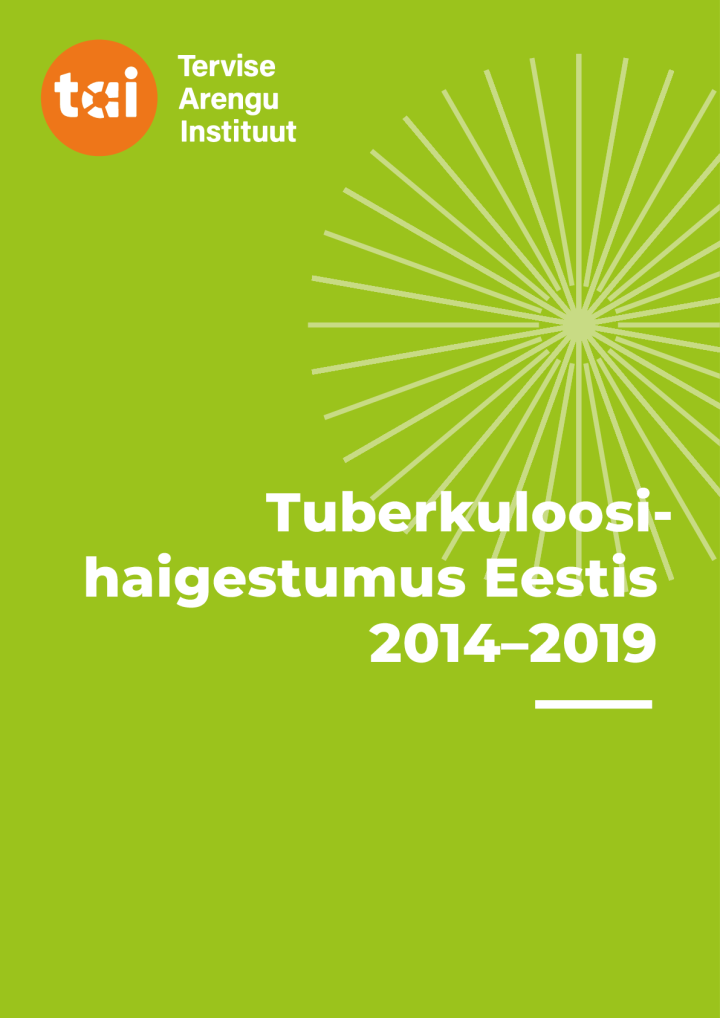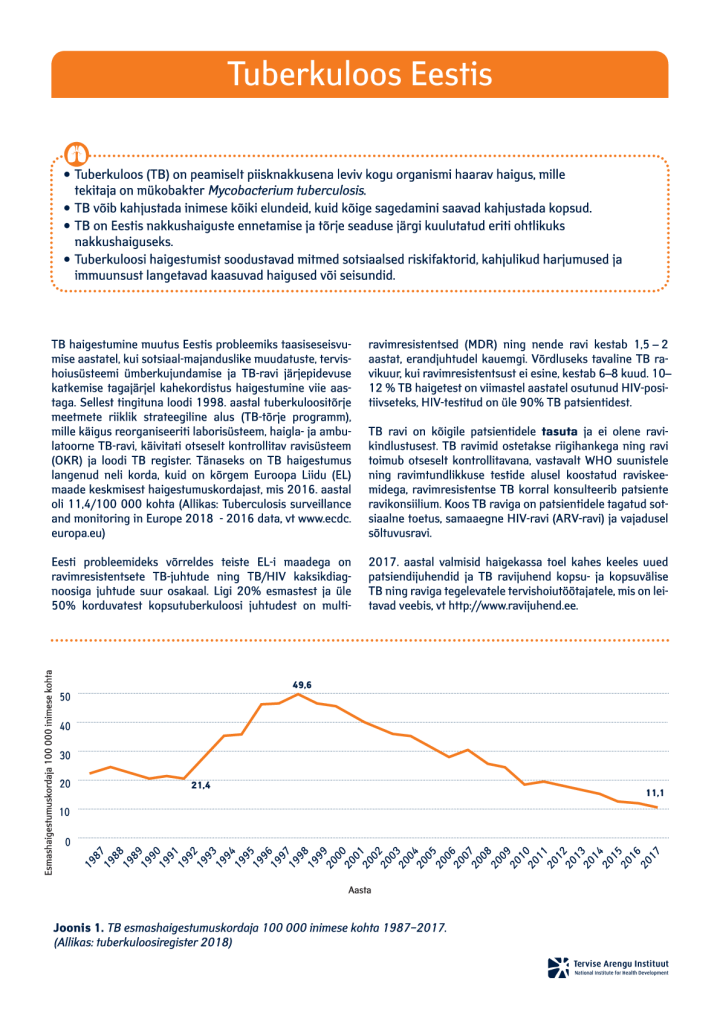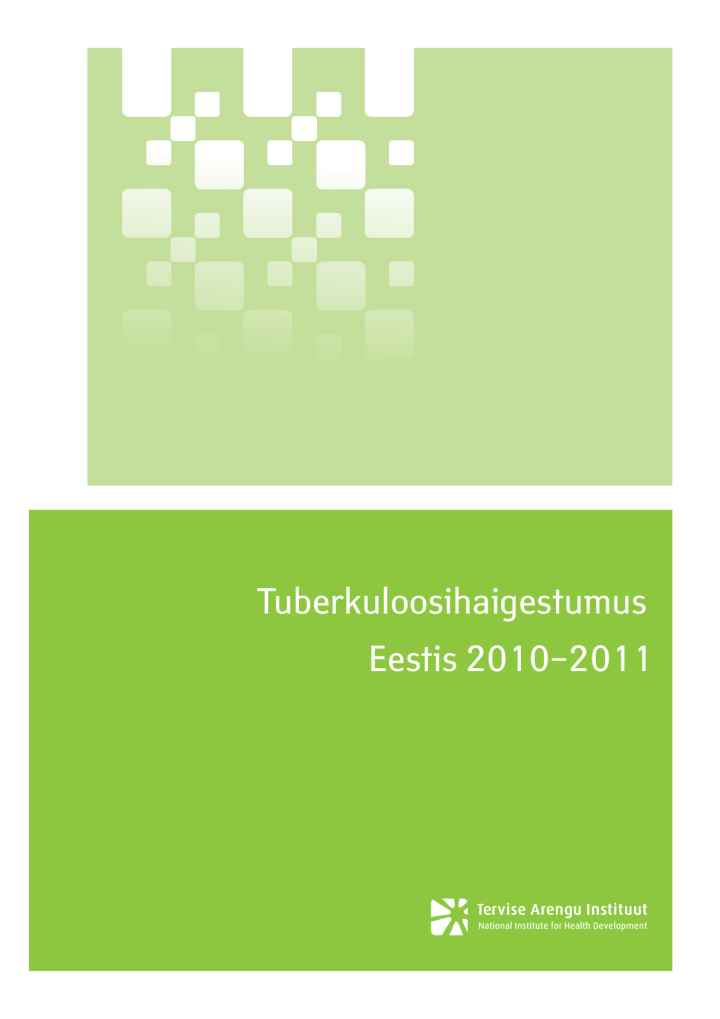Estonian Tuberculosis Register
The tuberculosis register is responsible for the data collection of tuberculosis (TB) cases and the subsequent validation, analysis and publication of data on TB incidence, prevalence and treatment outcomes.
All active TB cases are recorded – including incident cases, relapses and other retreatment cases – and followed until the end of treatment, death, loss to follow up or until the patient leaves the country.
Why do we need a TB register?
A standardized recording and reporting system of the TB data allows us to:
- get an overview of the TB epidemiological situation and helps monitor the performance of the TB programme and treatment outcomes
- follow the trends of TB incidence and prevalence
- use appropriate treatment strategies, policy developments and a patient-centered approach
- carry out scientific and epidemiological research
What data do we collect?
We collect TB patients’:
- socio-demographic data (incl. sex, age, patient origin, weight etc.)
- clinical case based data (incl. localization of the disease, comorbidities, treatment outcome)
- results on drug-susceptibility testing and data on treatment regimens
Who provides the data?
Health care facilities where TB is diagnosed or treated, and Forensic Medical Examination Departments are obliged to submit data to the register when TB is diagnosed (incl. post-mortem diagnosis) and at the end of the treatment episode.
Issuing and publication of data:
- Tuberculosis surveillance data is published in the Health Statistics and Health Research Database according to the Release Calender. Look at the tables TB05 to TB94
- International databases:
- On the European Centre for Disease Prevention and Control (ECDC) website
- On the World Health Organisation (WHO) website
The electronic database of the TB Register contains data since 1987.



